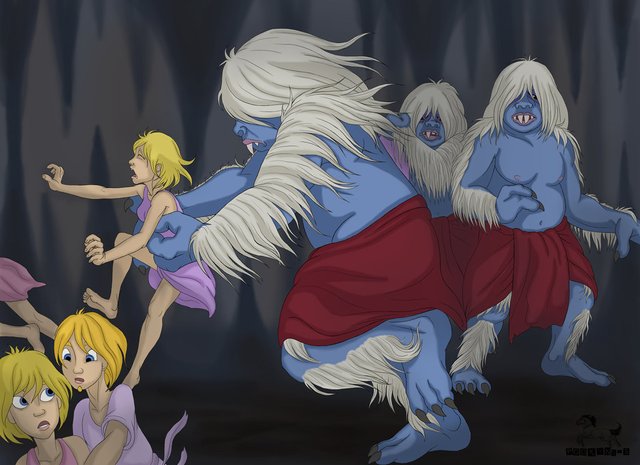The Immense Journey, by Loren Eiseley (part 1)
It might seem odd to be talking about a book on human evolution published in 1957, collecting essays started in the 1940s. But this year celebrated 50 years of Star Trek, and Charles Darwin's 207th birthday, and he's still relevant, so maybe it's OK.
Loren Eiseley wrote a lot of magazine articles, which became a series of bestselling popular science books. Part of the reason they sold so well must have been that, like the comic book assassin Deadpool, Eisely consistently broke the fourth wall of science. He did not write in the passive voice that journal articles use to feign total objectivity, and he consistently inserted his own experiences into his articles, whether they were flattering to his scientific reputation or not. In “The Flow of the River,” he chopped a frozen catfish out of the ice and brought it home. It thawed in a bucket in his basement when he wasn't looking, and while he did put it in a tank, he didn't think to put a lid on the tank, and the fish jumped out onto his floor and died.
In this particular book, The Immense Journey, those experiences were most often flights of fancy worthy of a Lovecraft story, hurling Eiseley across vast gulfs of time to some vanished world whenever he sees an old bone sticking out of the ground. We all do this kind of thing (scientists, too), in more or less detail, but most of us don't write about it, or if we do, we label it science fiction. Eisely, however, used his semi-mystical experiences as a starting point, a framework in which to talk about real scientific theories and results, both from his time and from times past.
His specialty was anthropology, and at least nine of the thirteen essays focus on human or other primate fossils. He writes about how little fossil evidence there really is for humans, compared with the thousands of skeletons which allowed such detailed reconstructions of horse evolution. Sixty years later, that's still true, though we are finding more human bones and tools all the time. Eiseley also had no idea about how genomics would enable us to fill gaps in the tree of life – Watson & Crick's DNA structure itself was less than ten years old at that time, and he barely mentions genes or proteins. There was and still is much room for argument about the interpretation of the sparse evidence.
Eiseley dramatizes this in “The Dream Animal,” where he shows how a new technique, measuring the amount of radioactive oxygen-18 in the shells buried in sea sediment cores, shortens our estimates of the duration of the Ice Age, which were outside the reach of the more familiar carbon-14 dating. A shorter Ice Age meant less time available for human brain evolution, which plays into an argument which has been going on since The Origin of Species. Darwin thought evolution only happened slowly, because of small random mutations. His rival Alfred Russell Wallace thought that human brain evolution happened much faster, which he took as evidence of God's interference in the process.
Today we know that large mutations are possible, because some genes control others, turning them on and off during the development of the embryo. These control genes have can large effects when mutated, causing eyes to grow on the elbows of a fruit fly, for instance. All it takes to double the number of cells in the brain is one extra round of cell division. We still don't know exactly how human brain evolution happened, though, and the relentless focus on cells leaves a lot out of our educations. For instance, I had never heard of the Boskop people, whose huge brains (larger than ours, on average) and tiny, uncrowded teeth Eiseley reflects on in “Man of the Future,” comparing them to the childlike Eloi of the HG Wells novel The Time Machine.
Modern anthropologists don't consider them very important (and no longer use the term “Boskop”) but the history of science is somewhat circular, with the same arguments flaring up every time new evidence is discovered. I wonder what Eiseley would have made of the “hobbits” of Flores Island?

Hello @plotbot2015,
It gives us pleasure to inform you that this post have been upvoted by Project Better.
The Mission of Project Better is to reward posts have many votes from Minnows but earn pennies.
Your payout is $0.004 before we vote on your post.
Learn more about the Project Better here!
We hope to see you continuing to post some great stuff on Steemit!
Good luck!
~BETTER~
Wow, thanks! I will check that out.